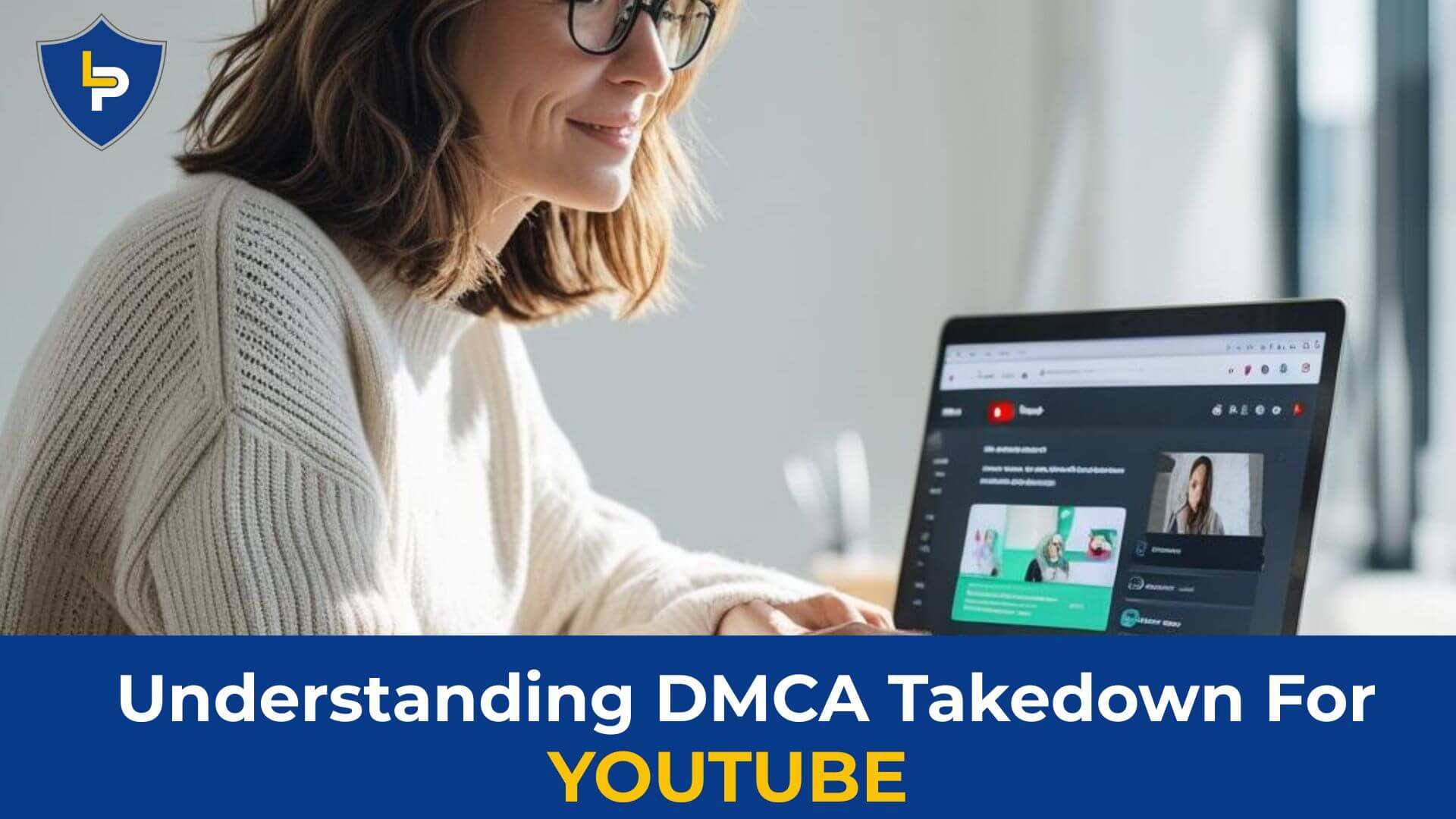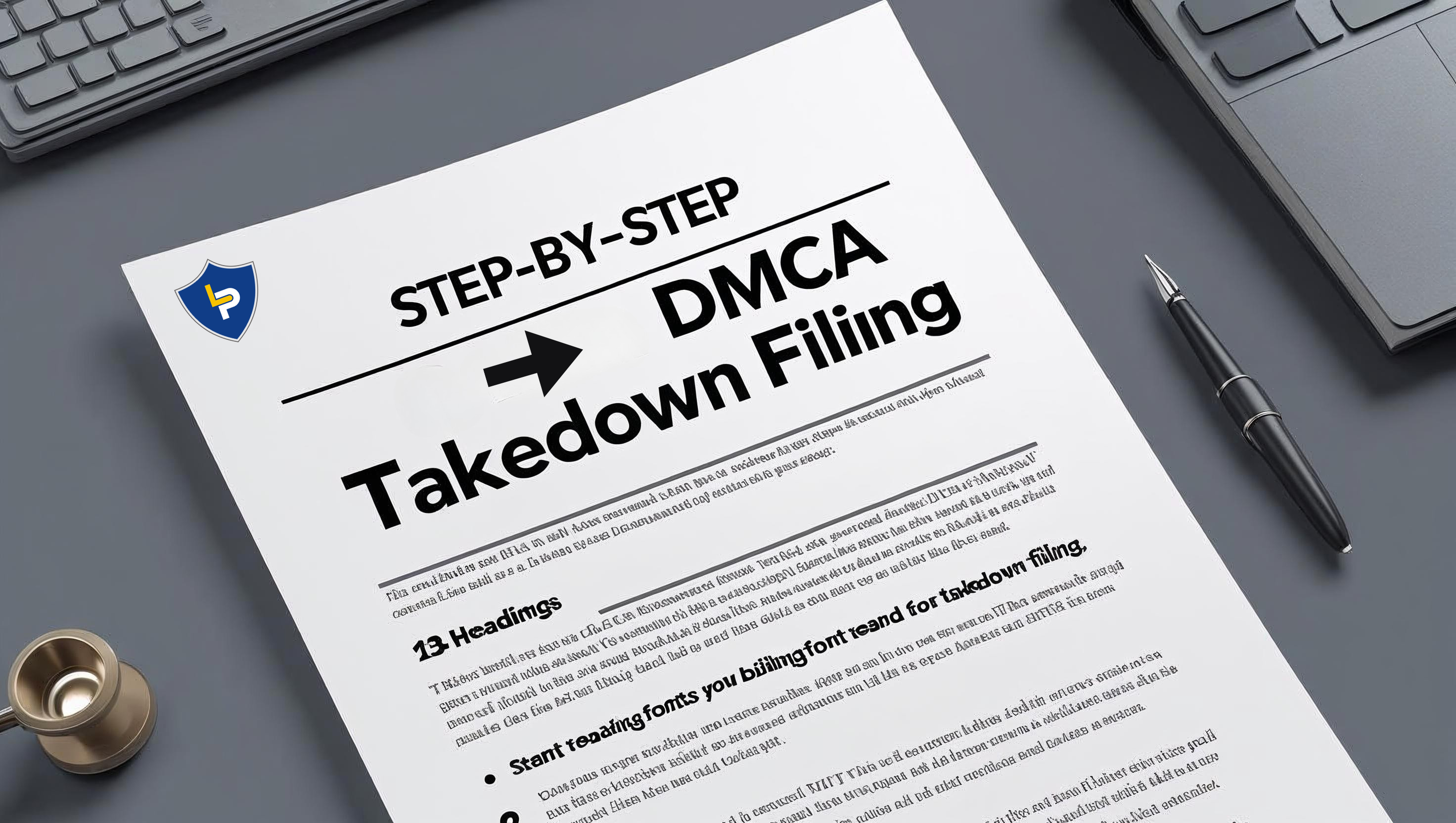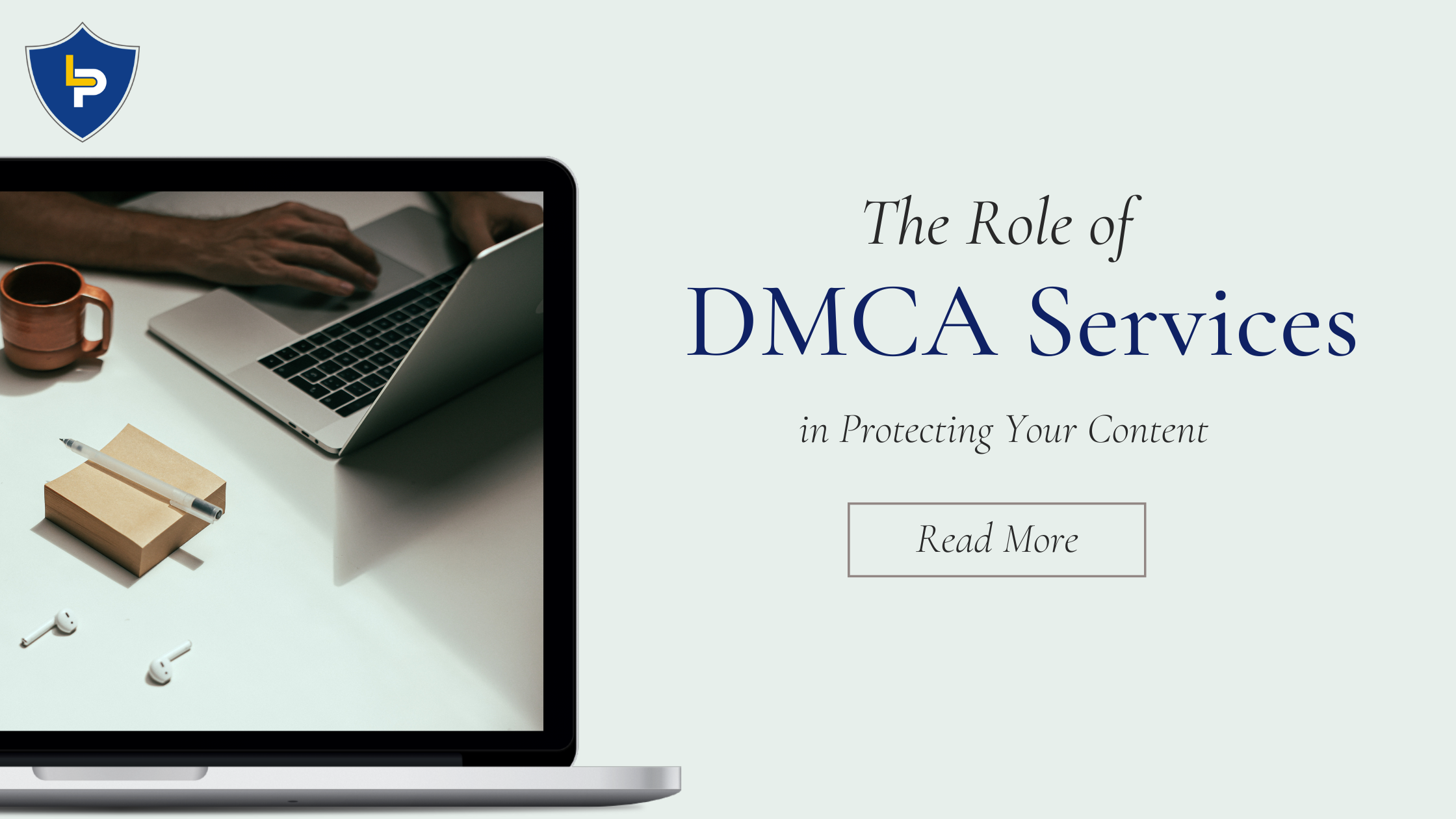Understanding the Basics of DMCA Takedown Notices
If you’ve ever found yourself on the receiving or sending end of a DMCA takedown notice, you know it can be a bit overwhelming. With digital content being shared at the speed of light, understanding the Digital Millennium Copyright Act (DMCA) is crucial for anyone involved in creating or distributing online content. This guide will break down the essentials of DMCA takedown notice, helping you navigate this complex landscape with ease.
Table of Contents
1. Introduction to DMCA
2. What is a DMCA Takedown Notice?
3. How to File a DMCA Takedown Notice
4. Responding to a DMCA Takedown Notice
5. Legal Implications and Considerations
6. Conclusion
7. FAQs
Introduction to DMCA
The Digital Millennium Copyright Act, enacted in 1998, was designed to update copyright laws for the digital age. Its main goal is to protect the rights of copyright holders and to curb online piracy. The Act provides a legal framework for copyright owners to request the removal of infringing content from the internet, thereby offering a balance between protecting intellectual property and fostering innovation in the digital world.
What is a DMCA Takedown Notice?
A DMCA takedown notice is a formal request to remove content that allegedly violates copyright laws. This notice is typically sent by a copyright holder or their representative to an online service provider, such as a website host or social media platform, demanding the removal of infringing content. The notice needs to meet specific legal requirements to be valid, which includes identifying the copyrighted work, the infringing material, and providing a statement of good faith belief in the violation.
How to File a DMCA Takedown Notice
Filing a DMCA takedown notice involves several key steps:
1. Identify the Infringed Work
First, clearly identify the copyrighted work you believe has been infringed. This could be anything from text, images, audio, or video content.
2. Locate the Infringing Content
Pinpoint the location of the infringing content. This typically involves providing a URL or a detailed description of where the content can be found online.
3. Prepare Your Notice
Your notice must include specific details, such as your contact information, a statement of good faith belief that the use is unauthorized, and a statement that the information in the notice is accurate.
4. Send the Notice
Submit the notice to the service provider hosting the infringing content. Many platforms have specific procedures for submitting DMCA requests, so check their guidelines to ensure compliance.
Responding to a DMCA Takedown Notice
If you receive a DMCA takedown notice, it’s essential to respond promptly and appropriately:
1. Review the Notice
Carefully examine the notice to understand the alleged infringement. Determine whether the claim is valid or if you have a legitimate defense.
2. Prepare a Counter-Notice (If Applicable)
If you believe the content was removed mistakenly or qualifies as fair use, you can file a counter-notice. This document should explain your reasons and request the restoration of the content.
3. Consult Legal Advice
Consider seeking legal counsel, especially if you’re unsure about the validity of the claim or how to proceed. An attorney can help navigate the complexities of copyright law and protect your interests.
Legal Implications and Considerations
Ignoring a DMCA takedown notice can lead to significant legal consequences, including potential lawsuits. It’s crucial to understand your rights and obligations under copyright law. Additionally, misuse of the DMCA process, such as filing false claims, can result in legal penalties and damage to your credibility.
Conclusion
Understanding DMCA takedown notices is vital for anyone involved in digital content creation or distribution. Whether you’re a copyright holder or a content creator, knowing how to file, respond, and comply with these notices will help protect your work and navigate the legal landscape effectively. By staying informed and prepared, you can ensure that your digital endeavors remain both creative and compliant.
FAQs
What happens if I ignore a DMCA takedown notice?
Ignoring a DMCA takedown notice can lead to further legal action, including lawsuits. It’s important to address the notice promptly to avoid potential legal repercussions.
Can I file a DMCA takedown notice myself?
Yes, copyright holders can file a DMCA takedown notice themselves, but it must comply with legal requirements. Consulting with legal professionals can ensure your notice is valid and effective.
What qualifies as fair use?
Fair use is determined by factors such as the purpose of use, the nature of the copyrighted work, the amount used, and the effect on the market value. It’s a complex area of law, often requiring legal interpretation.
Can a DMCA takedown notice be contested?
Yes, if you believe the notice is incorrect, you can file a counter-notice. This process involves legal considerations, so consulting a lawyer is advisable to ensure your response is appropriate.






 +1 888 890 6411
+1 888 890 6411